Home>Articles>How Long And What Do You Cook Tlapia At In An Electric Skillet
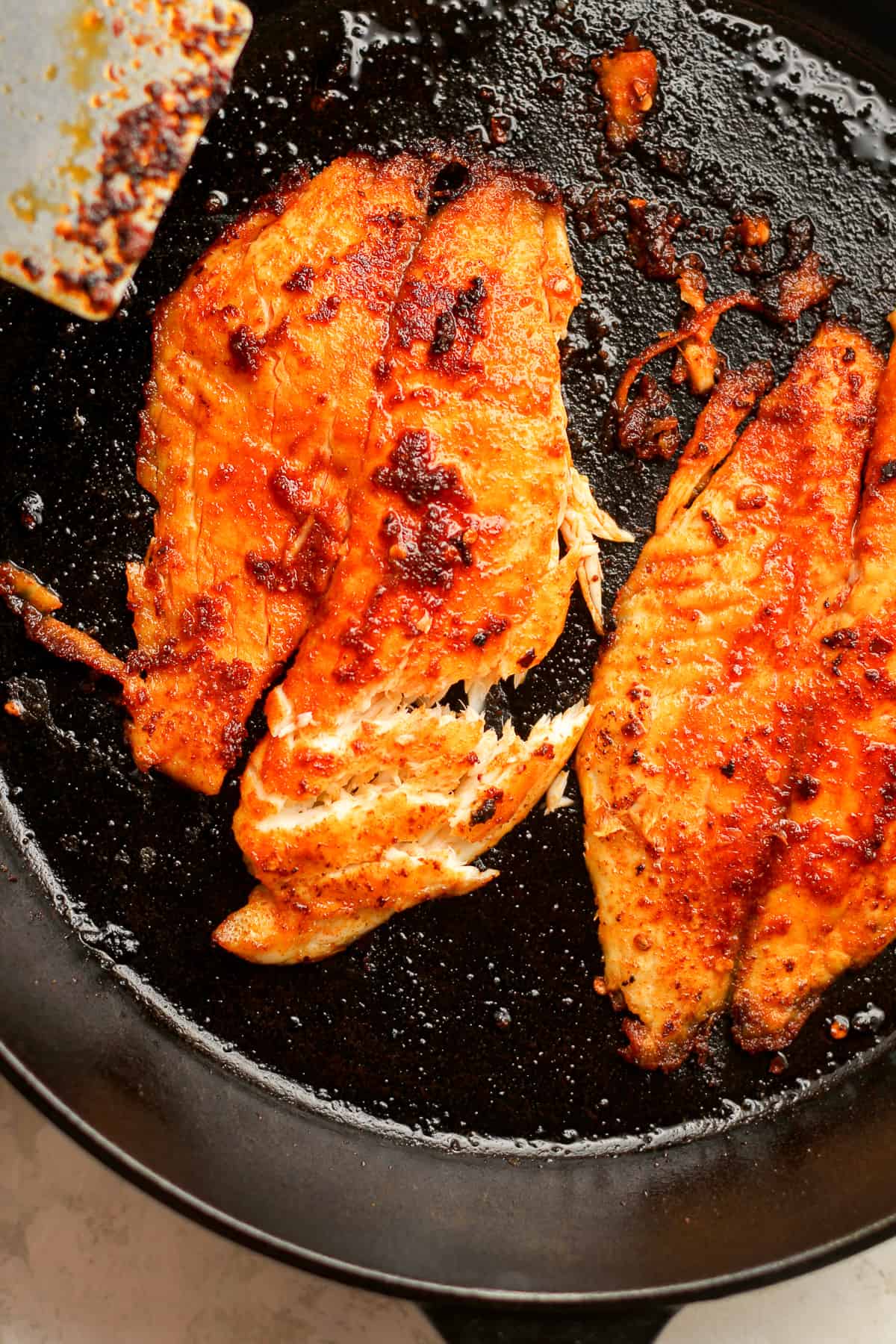

Articles
How Long And What Do You Cook Tlapia At In An Electric Skillet
Modified: February 28, 2024
Learn how to cook Tlapia in an electric skillet with our helpful articles. Discover the perfect cooking time and temperature for delicious results.
(Many of the links in this article redirect to a specific reviewed product. Your purchase of these products through affiliate links helps to generate commission for Storables.com, at no extra cost. Learn more)
Introduction
Tilapia is a versatile and popular fish known for its mild flavor and tender texture. It can be prepared in various ways, including grilling, baking, or frying. However, one method that often gets overlooked is cooking tilapia in an electric skillet. This modern kitchen appliance offers convenience, precise temperature control, and even cooking, making it a perfect choice for preparing delicious tilapia dishes.
In this article, we will explore the benefits of using an electric skillet to cook tilapia, discuss the factors to consider when selecting the right electric skillet, provide tips for preparing the fish, and guide you on the cooking time and temperature required for perfect results. We will also explore different cooking methods and offer valuable tips for achieving a tasty and perfectly cooked tilapia meal.
So, if you’re eager to try something new with your electric skillet or if you’re a fish lover looking for a hassle-free way to prepare tilapia, read on to discover everything you need to know about cooking tilapia in an electric skillet. Get ready to elevate your culinary experience and impress your family and friends with delicious and perfectly cooked tilapia dishes!
Key Takeaways:
- Elevate your tilapia cooking game with an electric skillet, offering convenience, precise temperature control, and even heat distribution for perfectly cooked fish every time.
- Select the right electric skillet, prepare tilapia with care, and experiment with different cooking methods to create flavorful and mouthwatering tilapia dishes.
Benefits of Cooking Tilapia in an Electric Skillet
Cooking tilapia in an electric skillet comes with several advantages that make it an excellent choice for preparing this flavorful fish. Here are some of the benefits:
- Convenience: Electric skillets are compact and portable, making them easy to use and store. They provide an all-in-one cooking solution, eliminating the need for multiple pots and pans. With an electric skillet, you can cook tilapia anywhere there’s an electrical outlet, making it a great option for outdoor cooking or when you have limited stove space in your kitchen.
- Precise Temperature Control: Electric skillets allow you to set and maintain a specific temperature, ensuring even and consistent cooking. This precise temperature control is crucial for cooking delicate fish like tilapia, as it prevents overcooking or undercooking.
- Even Heat Distribution: Electric skillets distribute heat evenly across the cooking surface, eliminating hotspots and promoting uniform cooking. This ensures that each piece of tilapia is cooked to perfection, with a moist and tender texture.
- Time-Saving: Electric skillets heat up quickly, reducing the preheating time compared to traditional stovetop methods. Additionally, the nonstick surfaces of electric skillets make them easy to clean, saving you time in the kitchen.
- Healthier Cooking: Electric skillets require minimal oil or butter to prevent sticking, making it a healthier option for cooking tilapia. You can enjoy the natural flavors of the fish without excess grease or added fats.
- Versatility: Electric skillets offer a wide range of cooking options, including frying, sautéing, baking, and grilling. This versatility allows you to experiment with different cooking techniques and flavors to create a variety of delicious tilapia dishes.
Overall, cooking tilapia in an electric skillet provides convenience, precise temperature control, even heat distribution, and versatility. These benefits make it an excellent choice for anyone looking to cook delicious and perfectly cooked tilapia meals with ease.
Selecting the Right Electric Skillet for Cooking Tilapia
When it comes to cooking tilapia in an electric skillet, choosing the right skillet is essential for achieving optimal results. Here are some factors to consider when selecting the perfect electric skillet:
- Size: Consider the size of the electric skillet based on the quantity of tilapia you typically cook. If you usually cook for a small family, a skillet with a capacity of 10-12 inches is sufficient. For larger gatherings or if you want to cook multiple fillets at once, opt for a larger skillet with a capacity of 14-16 inches.
- Material: Electric skillets are commonly made of either stainless steel or nonstick coated surfaces. Stainless steel skillets are durable and heat resistant, perfect for searing fish and achieving a nice golden crust. Nonstick surfaces are ideal for easy cleanup and preventing fish from sticking, but they may not offer the same searing capability as stainless steel.
- Temperature Control: Look for an electric skillet with precise temperature control options. A skillet with adjustable temperature settings allows you to cook tilapia at the specific temperature required for optimal results. This ensures that the fish is cooked evenly without becoming dry or overcooked.
- Lid: Consider whether the electric skillet comes with a lid. A lid helps to retain heat and moisture during cooking, resulting in tender and flavorful tilapia. It also prevents splatters and reduces cooking time.
- Nonstick Surface: Ensure that the electric skillet has a high-quality nonstick surface. A good nonstick surface prevents the fish from sticking and makes cleanup a breeze. Look for skillets with a PFOA-free nonstick coating for a healthier cooking experience.
- Heat Distribution: Check customer reviews or product specifications to ensure that the electric skillet you choose offers even heat distribution. This ensures that each piece of tilapia is cooked uniformly, without any areas being overcooked or undercooked.
- Easy to Clean: Consider the ease of cleaning the electric skillet. Look for models with removable temperature control units and dishwasher-safe components for effortless cleanup.
- Price and Brand: While price and brand are subjective factors, it’s always advisable to choose a reputable brand that offers good quality and customer support. Consider your budget and read customer reviews to make an informed decision.
By considering the size, material, temperature control, lid, nonstick surface quality, heat distribution, ease of cleaning, and price and brand, you can select the right electric skillet that meets your specific needs for cooking delicious tilapia.
Preparing Tilapia for Cooking in an Electric Skillet
Properly preparing your tilapia before cooking is crucial for achieving delicious and flavorful results. Here are some steps to follow when preparing tilapia for cooking in an electric skillet:
- Thaw the Tilapia: If using frozen tilapia, ensure that it is completely thawed before cooking. Thawing can be done by placing the fish in the refrigerator overnight or by using the defrost setting on your microwave.
- Remove Excess Moisture: Pat the tilapia fillets dry with a paper towel to remove any excess moisture. This step ensures better browning and prevents splattering when the fish is added to the hot skillet.
- Season the Tilapia: Season the tilapia fillets with your preferred seasonings. Popular options include salt, pepper, garlic powder, paprika, and herbs like thyme or parsley. Gently rub the seasonings onto both sides of the fish for even flavor distribution.
- Add A Binding Agent (Optional): If desired, you can lightly coat the tilapia fillets in flour, cornmeal, or breadcrumbs to create a crispy coating. This step is optional but adds texture and flavor to the fish.
- Let the Tilapia Rest: Allow the seasoned tilapia to rest at room temperature for 10-15 minutes. This helps the flavors to meld and enhances the overall taste of the fish.
Following these simple steps will ensure that your tilapia is properly prepared and seasoned before it goes into the electric skillet. This will result in flavorful and mouthwatering tilapia dishes that will delight your taste buds.
Cooking Time and Temperature for Tilapia in an Electric Skillet
Knowing the correct cooking time and temperature is crucial for achieving perfectly cooked tilapia in an electric skillet. Here are some guidelines to help you determine the ideal cooking time and temperature:
Cooking Temperature: The recommended cooking temperature for tilapia in an electric skillet is around 350°F to 375°F (175°C to 190°C). This temperature range allows the fish to cook evenly without drying out.
Cooking Time: The cooking time will vary depending on the thickness of the tilapia fillets. As a general rule, cook the tilapia for about 3-4 minutes per side for fillets that are ½ inch thick. For thicker fillets, increase the cooking time accordingly, adding an extra minute or two per side.
Visual Cues: Another way to determine if the tilapia is cooked to perfection is by observing visual cues. The fish should turn opaque and easily flake with a fork when it’s cooked through. Be careful not to overcook the tilapia, as it can become dry and lose its tenderness.
Use a Meat Thermometer (Optional): For precise cooking, you can use a meat thermometer to check the internal temperature of the tilapia. The fish is considered cooked when the internal temperature reaches 145°F (63°C).
It’s important to note that these guidelines serve as a starting point, and cooking times may vary depending on your specific electric skillet and the desired level of doneness. Therefore, it’s recommended to adjust the cooking time and temperature based on your own experience and preferences.
By following these guidelines and using visual cues or a meat thermometer, you’ll be able to determine the perfect cooking time and temperature for your tilapia in the electric skillet. This will ensure that your fish is cooked to perfection with a delicate and flaky texture, ready to be enjoyed.
Cook tilapia in an electric skillet for 3-4 minutes per side over medium-high heat. Make sure the internal temperature reaches 145°F for safe consumption.
Different Cooking Methods for Tilapia in an Electric Skillet
When cooking tilapia in an electric skillet, you have a variety of cooking methods to choose from, each offering a unique flavor and texture. Here are some different cooking methods you can use to prepare delicious tilapia:
- Pan-Frying: Pan-frying is a popular method for cooking tilapia in an electric skillet. Heat a small amount of oil or butter in the skillet over medium-high heat. Add the seasoned tilapia fillets and cook for about 3-4 minutes per side until they turn golden brown and easily flake with a fork. This method creates a crispy exterior while maintaining a moist and delicate interior.
- Sautéing: Sautéing is another quick and flavorful method for cooking tilapia. Heat a small amount of oil or butter in the electric skillet over medium heat. Add the seasoned tilapia fillets and cook for about 2-3 minutes per side until they are fully cooked and flaky. Sautéed tilapia has a tender texture and pairs well with various sauces and toppings.
- Baking: Baking tilapia in an electric skillet is a healthy and fuss-free option. Preheat the electric skillet to 375°F (190°C) and place the seasoned tilapia fillets in the skillet. Cover with a lid and bake for approximately 12-15 minutes or until the fish is opaque and flakes easily. Baking tilapia results in a moist and tender texture with minimal oil or butter needed.
- Grilling: If your electric skillet has a grill function, you can also grill tilapia for a smoky and charred flavor. Preheat the electric skillet to medium-high heat and lightly oil the cooking surface. Place the seasoned tilapia fillets on the grill and cook for about 3-4 minutes per side until they are nicely grilled and cooked through. Grilled tilapia has a delightful smoky taste and is perfect for outdoor gatherings or barbecue-style meals.
- Steaming: Steaming is a healthy and gentle cooking method that preserves the natural flavors and nutrients of tilapia. Fill the electric skillet with about 1-2 inches of water and bring it to a simmer. Place the seasoned tilapia fillets on a steaming rack or a heatproof plate and place it in the skillet. Cover with a lid and steam for about 10-12 minutes until the fish is opaque and flakes easily. Steamed tilapia is delicate and moist, making it a great choice for light and healthy meals.
By experimenting with these different cooking methods, you can create a variety of flavorful and delicious tilapia dishes to suit your preferences and culinary repertoire. Whether you prefer the crispy texture of pan-frying or the gentle tenderness of steaming, the electric skillet offers versatility and convenience to bring out the best in your tilapia.
Tips for Achieving Perfectly Cooked Tilapia in an Electric Skillet
Cooking tilapia to perfection in an electric skillet requires attention to detail and some helpful tips. Here are some tips to help you achieve perfectly cooked tilapia every time:
- Properly Preheat the Skillet: Before adding the tilapia fillets, make sure the electric skillet is properly preheated to the desired cooking temperature. This ensures that the fish cooks evenly and prevents it from sticking to the surface.
- Use the Right Cooking Oil: When pan-frying or sautéing tilapia, choose a cooking oil with a high smoke point, such as vegetable oil or canola oil. These oils can withstand high heat without burning, resulting in a nicely browned exterior on the fish.
- Avoid Overcrowding the Skillet: Overcrowding the electric skillet with too many tilapia fillets can result in uneven cooking and steaming instead of browning. Cook the fillets in batches if necessary, giving them enough space to cook properly.
- Do Not Overcook: Tilapia is a delicate fish that cooks quickly, so be cautious not to overcook it. Follow the recommended cooking times and check for visual cues, such as the fish turning opaque and easily flaking with a fork, to determine when it’s done.
- Allow the Fish to Rest: After cooking, allow the tilapia to rest for a few minutes before serving. This allows the juices to redistribute within the fish, resulting in a moist and flavorful final product.
- Experiment with Seasonings and Marinades: Tilapia has a mild flavor that pairs well with various seasonings and marinades. Get creative and experiment with different flavor combinations to enhance the taste of the fish. Lemon, garlic, herbs, and spices can all add depth and character to your tilapia dishes.
- Add Citrus or Acidic Ingredients: Tilapia can benefit from a splash of acidity to brighten its flavor. Consider adding a squeeze of lemon or lime juice, or even some vinegar, during or after cooking to add a refreshing tang.
- Monitor the Cooking Process: Pay close attention to the cooking process, especially if you’re trying a new recipe or cooking method. Adjust the heat as needed and keep a close eye on the fish to ensure it is cooking properly and doesn’t become overcooked or dry.
- Garnish and Serve with Care: Finally, when serving your perfectly cooked tilapia, garnish it with fresh herbs, a squeeze of lemon, or a drizzle of sauce for an extra touch of flavor and presentation. Serve the fish immediately to enjoy it at its best.
By following these helpful tips, you’ll be on your way to achieving perfectly cooked tilapia in your electric skillet. With practice and a little creativity, you can create flavorful and delicious tilapia dishes that will impress your family and friends.
Serving and Enjoying Your Cooked Tilapia
After investing time and effort into cooking your tilapia to perfection in an electric skillet, it’s time to savor and enjoy your delicious creation. Here are some tips for serving and enhancing the enjoyment of your cooked tilapia:
- Plate Presentation: Place the cooked tilapia fillets on a serving platter or individual plates, taking care to arrange them attractively. Garnish the dish with fresh herbs, lemon wedges, or a sprinkle of paprika for added visual appeal.
- Pairing and Accompaniments: Consider the flavors and textures of your cooked tilapia when selecting side dishes or accompaniments. Light and refreshing options like steamed vegetables, herb-infused couscous, or a fresh salad can complement the delicate taste of tilapia. Alternatively, you can serve it with flavorful sauces, such as a tangy citrus sauce or a creamy garlic aioli.
- Experiment with Flavor Combinations: Enhance the taste of your cooked tilapia by pairing it with different flavor combinations. For example, serve it with a mango salsa for a tropical twist, or top it with a caper and lemon butter sauce for a tangy and rich flavor. The versatility of tilapia allows you to explore various flavor profiles and create unique culinary experiences.
- Try Different Textures: Consider adding texture to your dish by incorporating crispy elements. This can be achieved by serving your tilapia with a side of seasoned breadcrumbs or panko-crusted tilapia for an extra crunch. The combination of textures adds excitement to each bite.
- Enjoy with Family and Friends: The joy of cooking is best experienced when shared with loved ones. Invite family and friends to enjoy your cooked tilapia with you. Share the flavors, exchange culinary experiences, and create memorable moments together.
- Experiment with Tilapia Recipes: Don’t be afraid to explore different recipes and cooking techniques using tilapia. Whether it’s tacos, sandwiches, or pasta dishes, tilapia lends itself well to a variety of culinary creations. Keep experimenting and trying new tilapia recipes to discover your favorite preparations.
Remember, the key is to savor and enjoy the flavors of your cooked tilapia. Whether you’re enjoying a simple and elegant presentation or experimenting with bold and exciting flavors, the pleasure of cooking lies in the experience of tasting and savoring the fruits of your labor.
So, grab a fork, dig into your cooked tilapia, and take delight in the delicious flavors you’ve created. Bon appétit!
Cleaning and Maintenance of Your Electric Skillet
To ensure the longevity and optimal performance of your electric skillet, it’s important to clean and maintain it properly. Here are some tips for cleaning and maintaining your electric skillet:
- Cool Down and Unplug: Once you’ve finished cooking, turn off the electric skillet and unplug it from the power source. Allow it to cool down completely before proceeding with the cleaning process.
- Remove the Temperature Control Unit: If your electric skillet has a removable temperature control unit, detach it from the skillet before cleaning. This prevents any damage to the electrical components and makes cleaning easier.
- Washing the Skillet: Depending on the manufacturer’s instructions, you may be able to fully submerge the electric skillet in water or need to wipe it down with a damp cloth. Refer to the user manual to determine the recommended washing method for your specific model. If the skillet is submersible, wash it in warm soapy water, ensuring you remove any food residue or grease. Use a non-abrasive sponge or cloth to avoid scratching the skillet’s surface.
- Drying: After washing, ensure that the electric skillet is thoroughly dried before storing it. Excess moisture can lead to rust or damage the electrical components. Use a clean towel or air dry the skillet to remove any remaining water.
- Nonstick Surface Care: If your electric skillet has a nonstick surface, avoid using harsh abrasives or metal utensils that could damage the coating. Instead, use wooden or silicone utensils to prevent scratching the nonstick surface.
- Storing: When not in use, store your electric skillet in a clean and dry place. To avoid scratches, consider placing a towel or cloth between the skillet and any other items it comes into contact with during storage.
- Regular Maintenance: Periodically check the power cord and temperature control unit for any signs of damage or wear. Ensure that all connections are secure and free from debris. If you notice any issues, contact the manufacturer or seek professional assistance for repairs.
- Additional Tips: Avoid using abrasive cleaners, steel wool, or harsh chemicals when cleaning your electric skillet, as they can damage the surface. If food has stuck to the skillet, allow it to soak in warm soapy water to loosen the residue before cleaning. Lastly, always follow the manufacturer’s instructions regarding cleaning and maintenance for your specific electric skillet model.
By following these cleaning and maintenance tips, you can keep your electric skillet in excellent condition for years to come. A well-maintained skillet not only ensures optimal performance but also contributes to a safe and enjoyable cooking experience.
Remember, maintaining your electric skillet is as important as cooking with it. Take the time to clean and care for your skillet properly, and it will continue to serve you delicious meals for a long time.
Conclusion
Using an electric skillet to cook tilapia is a convenient and efficient way to create delicious and perfectly cooked fish dishes. The benefits of using an electric skillet, such as precise temperature control, even heat distribution, and versatility, make it an excellent choice for preparing tilapia with ease.
When cooking tilapia in an electric skillet, there are several factors to consider, including selecting the right skillet, proper preparation of the fish, determining the correct cooking time and temperature, and utilizing different cooking methods. By following these guidelines and incorporating the helpful tips provided, you can achieve flavorful and mouthwatering tilapia every time.
Serving and enjoying your cooked tilapia is just as important as the cooking process itself. With proper plating, pairing, and experimenting with flavors, you can elevate your tilapia dishes to the next level. Whether you choose to try different textures, garnish with fresh herbs, or serve with complementary sauces, the possibilities are endless.
Lastly, taking care of your electric skillet by cleaning and maintaining it regularly ensures its longevity and optimal performance. By following proper cleaning techniques, storing it correctly, and conducting regular maintenance checks, you can enjoy cooking with your electric skillet for years to come.
So, embrace the versatility of your electric skillet and get creative with your tilapia recipes. Explore the various cooking methods, experiment with flavors, and share the joy of perfectly cooked tilapia with your loved ones. With the right techniques and a touch of culinary inspiration, your tilapia dishes will leave a lasting impression and satisfy your taste buds like never before.
Now, it’s time to plug in your electric skillet, grab some fresh tilapia fillets, and embark on a flavorful and exciting culinary journey. Enjoy the process, savor the results, and happy cooking!
Frequently Asked Questions about How Long And What Do You Cook Tlapia At In An Electric Skillet
Was this page helpful?
At Storables.com, we guarantee accurate and reliable information. Our content, validated by Expert Board Contributors, is crafted following stringent Editorial Policies. We're committed to providing you with well-researched, expert-backed insights for all your informational needs.
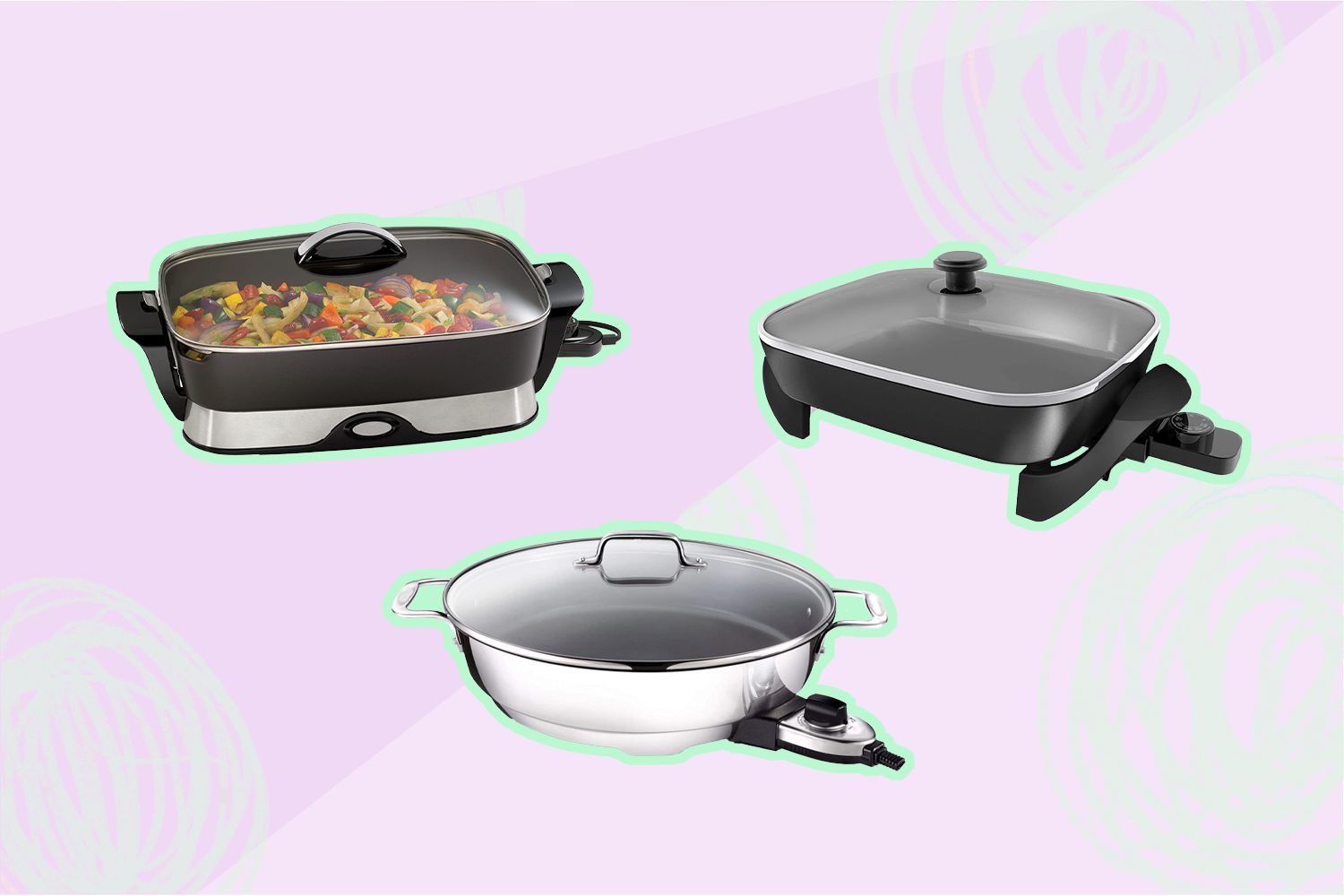
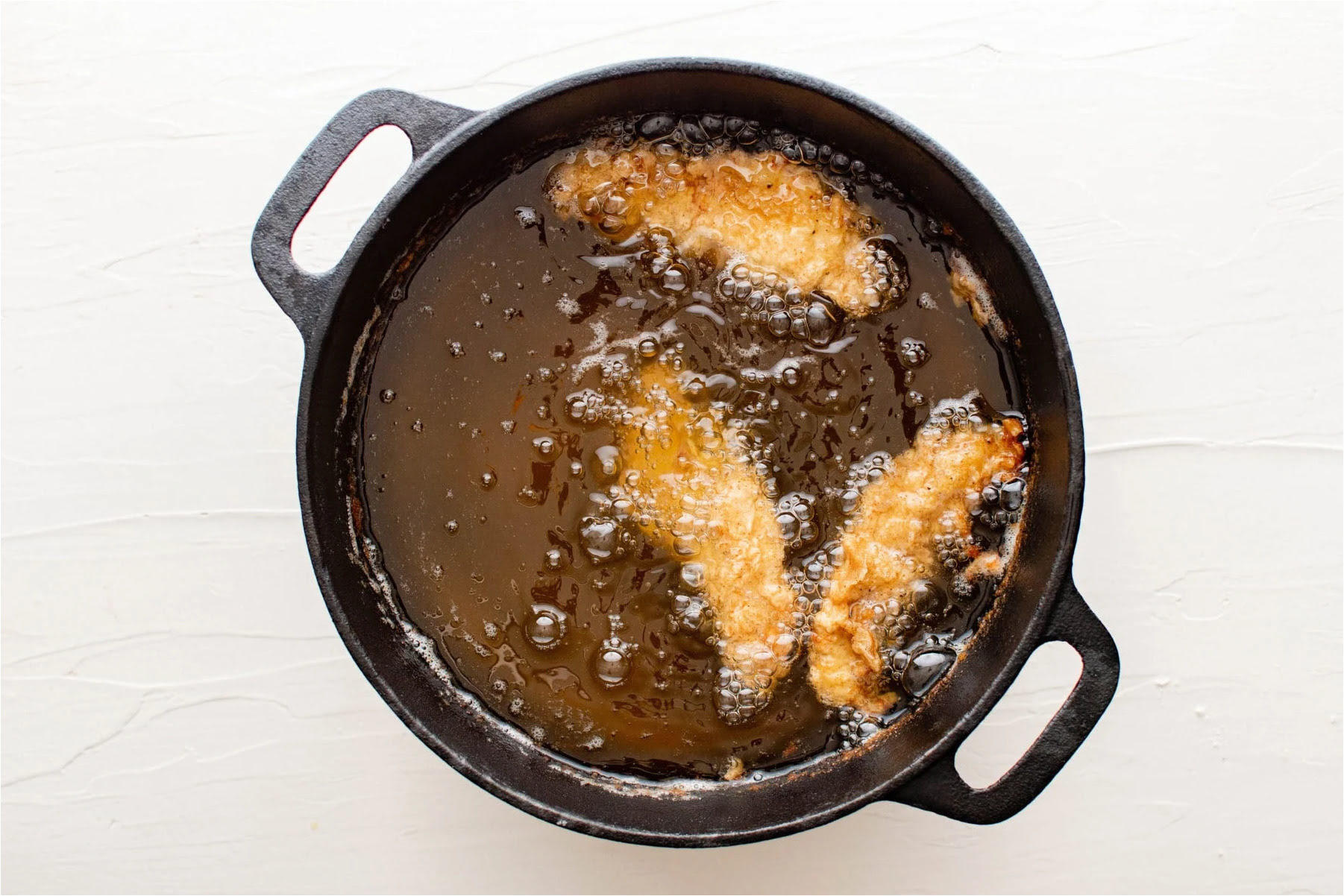
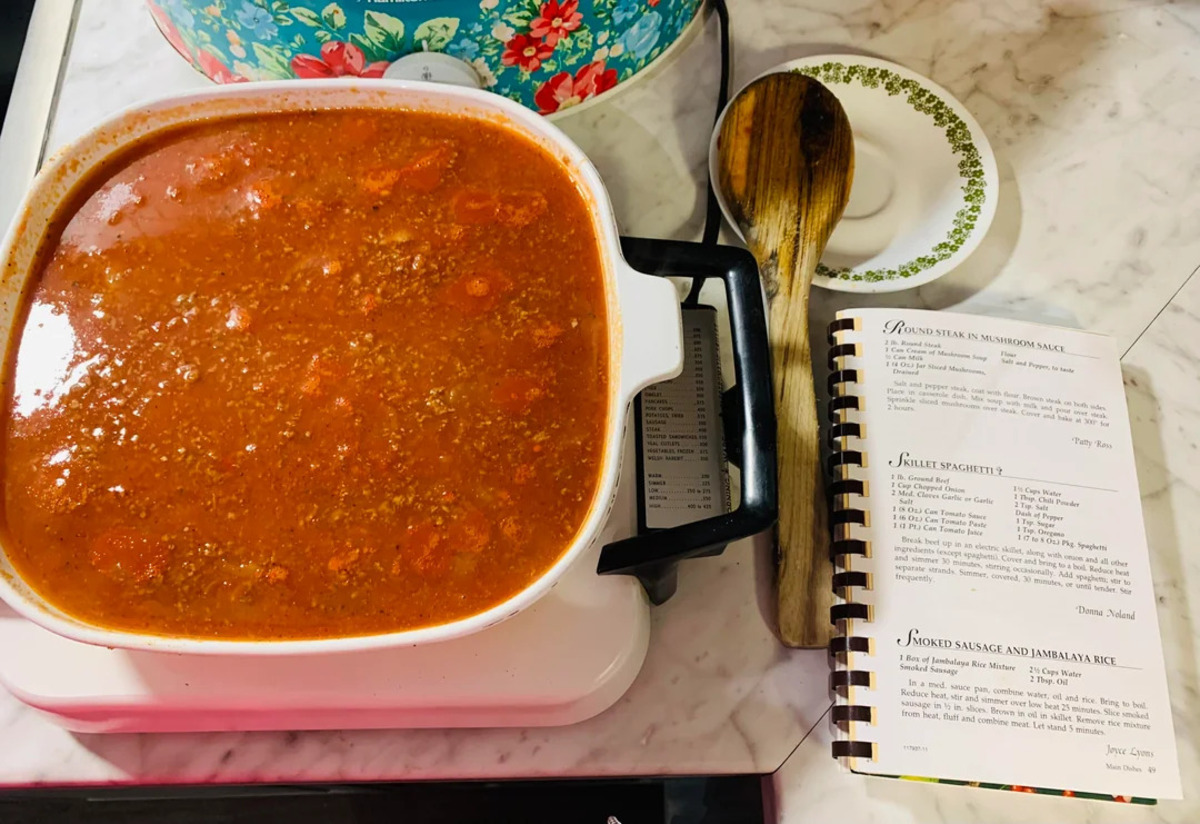
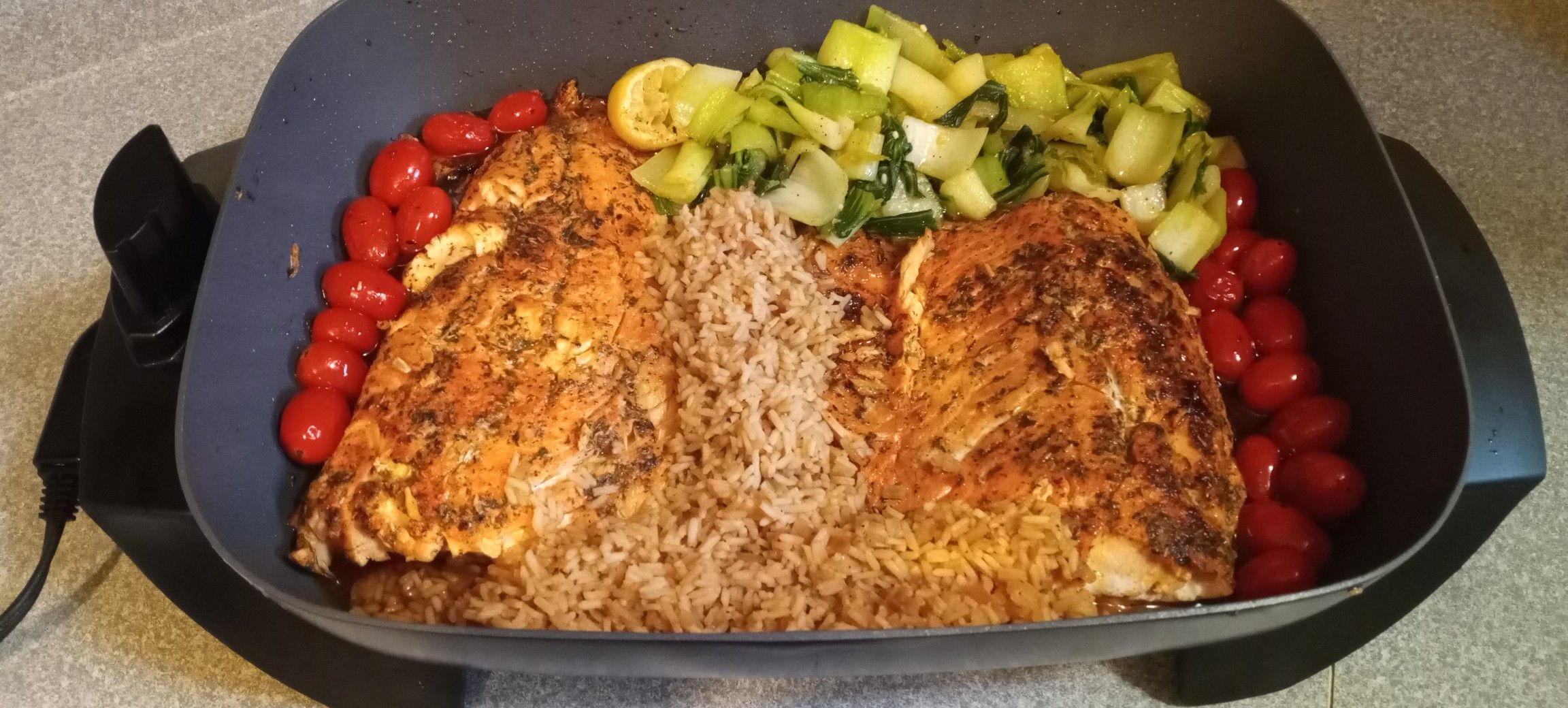
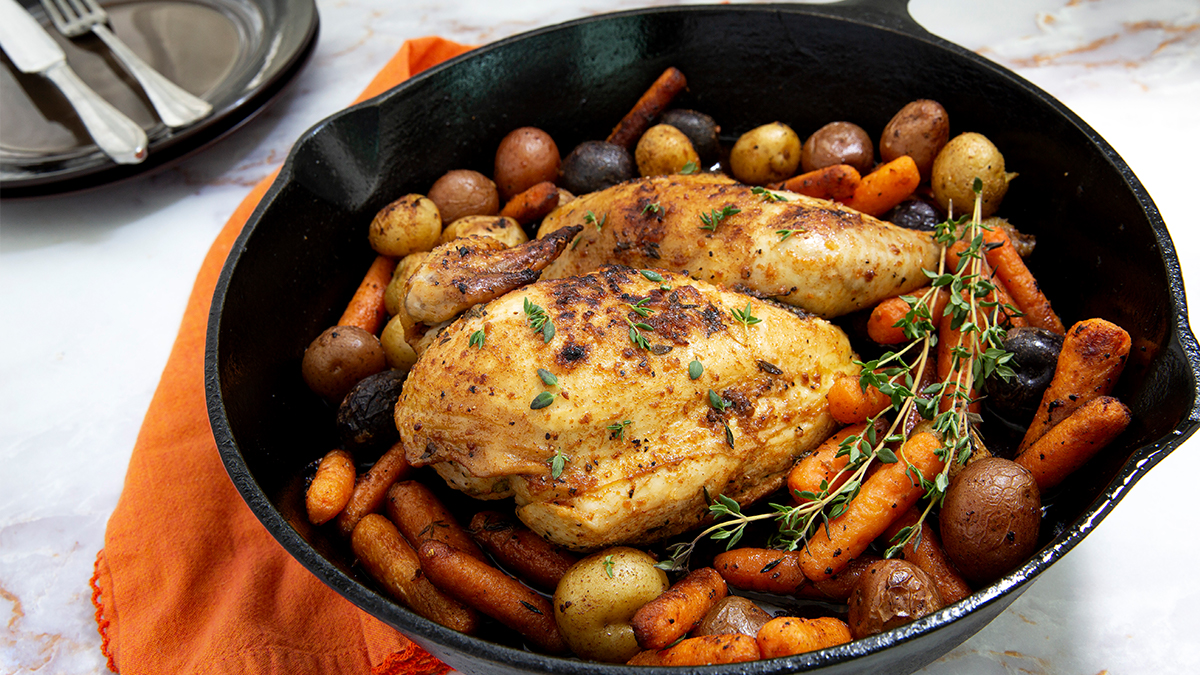
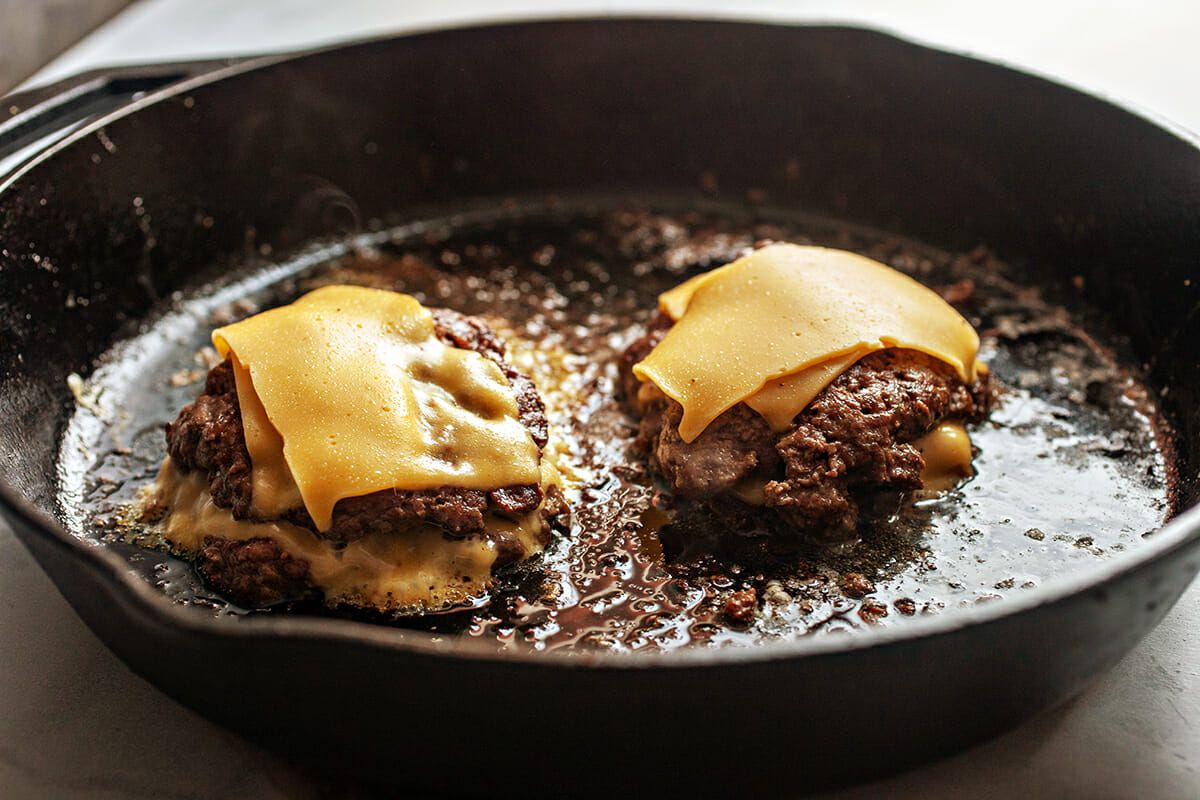
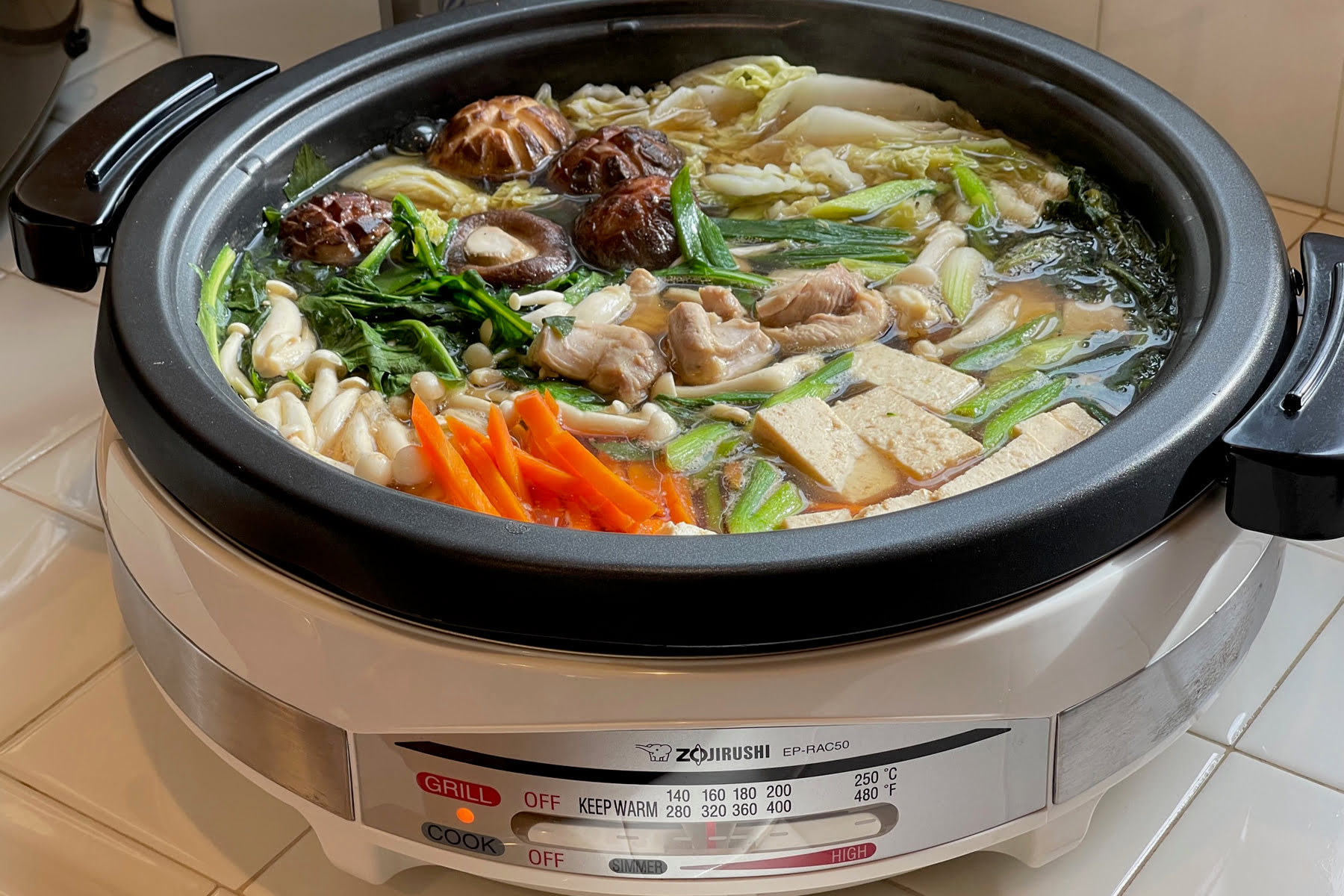
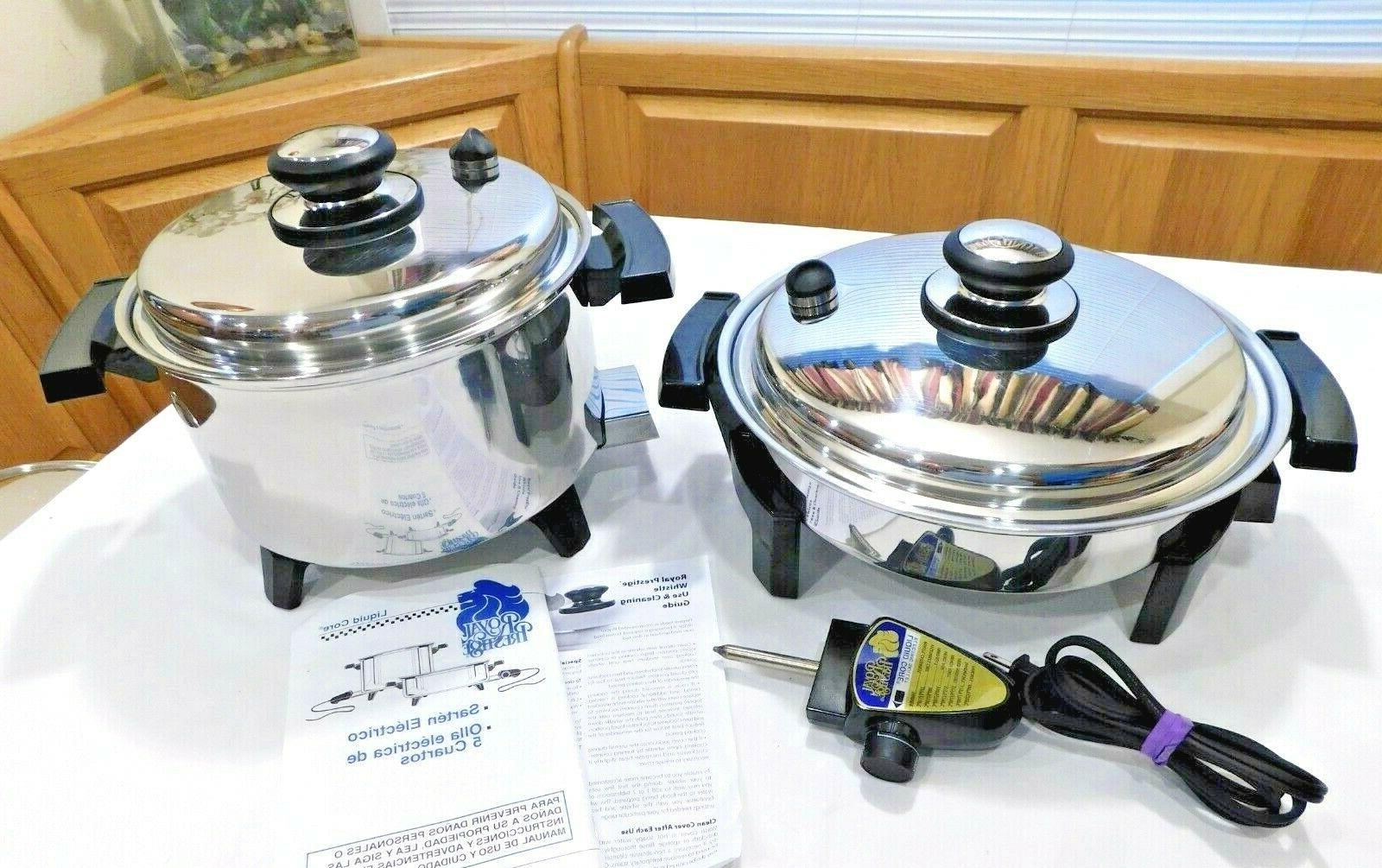
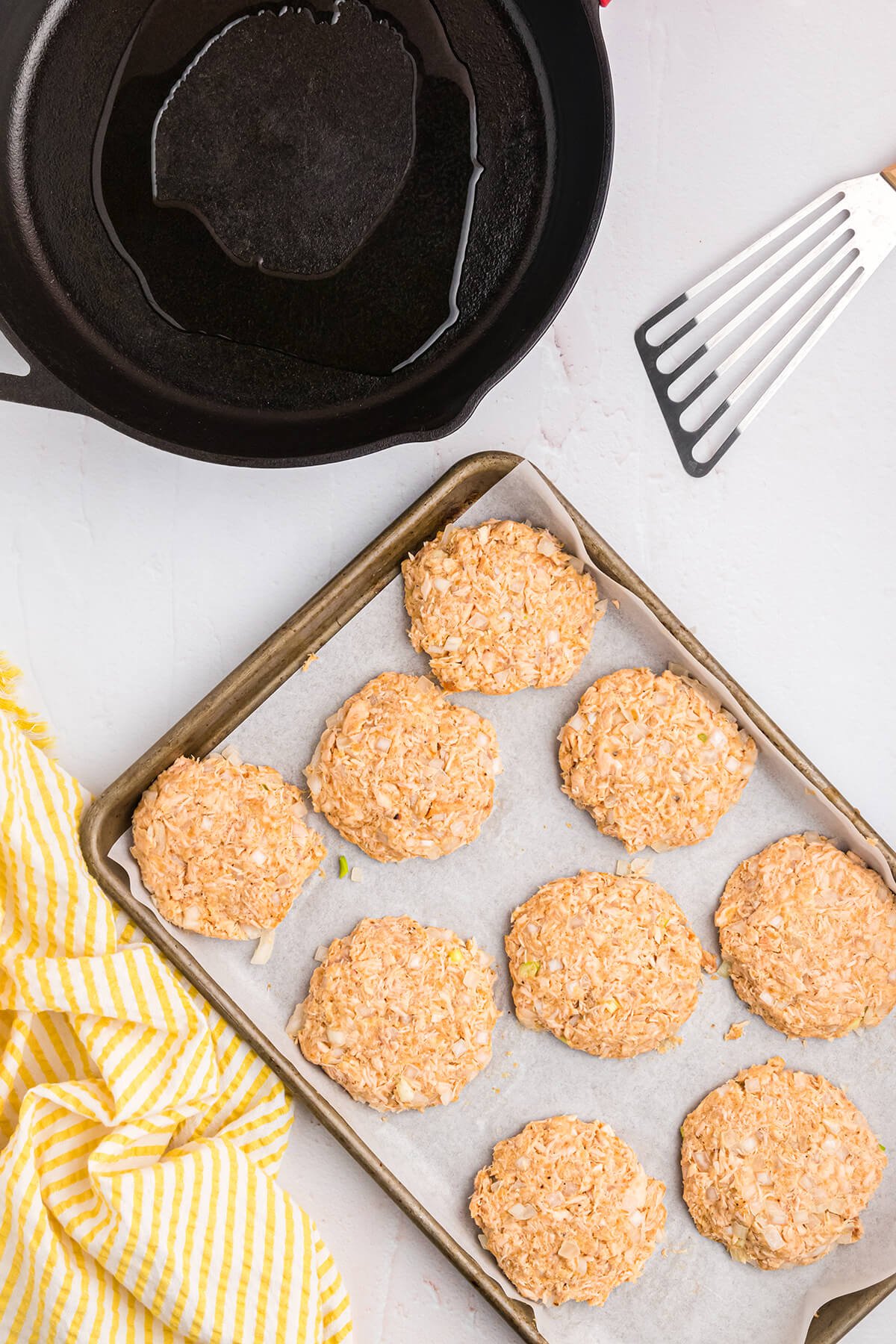
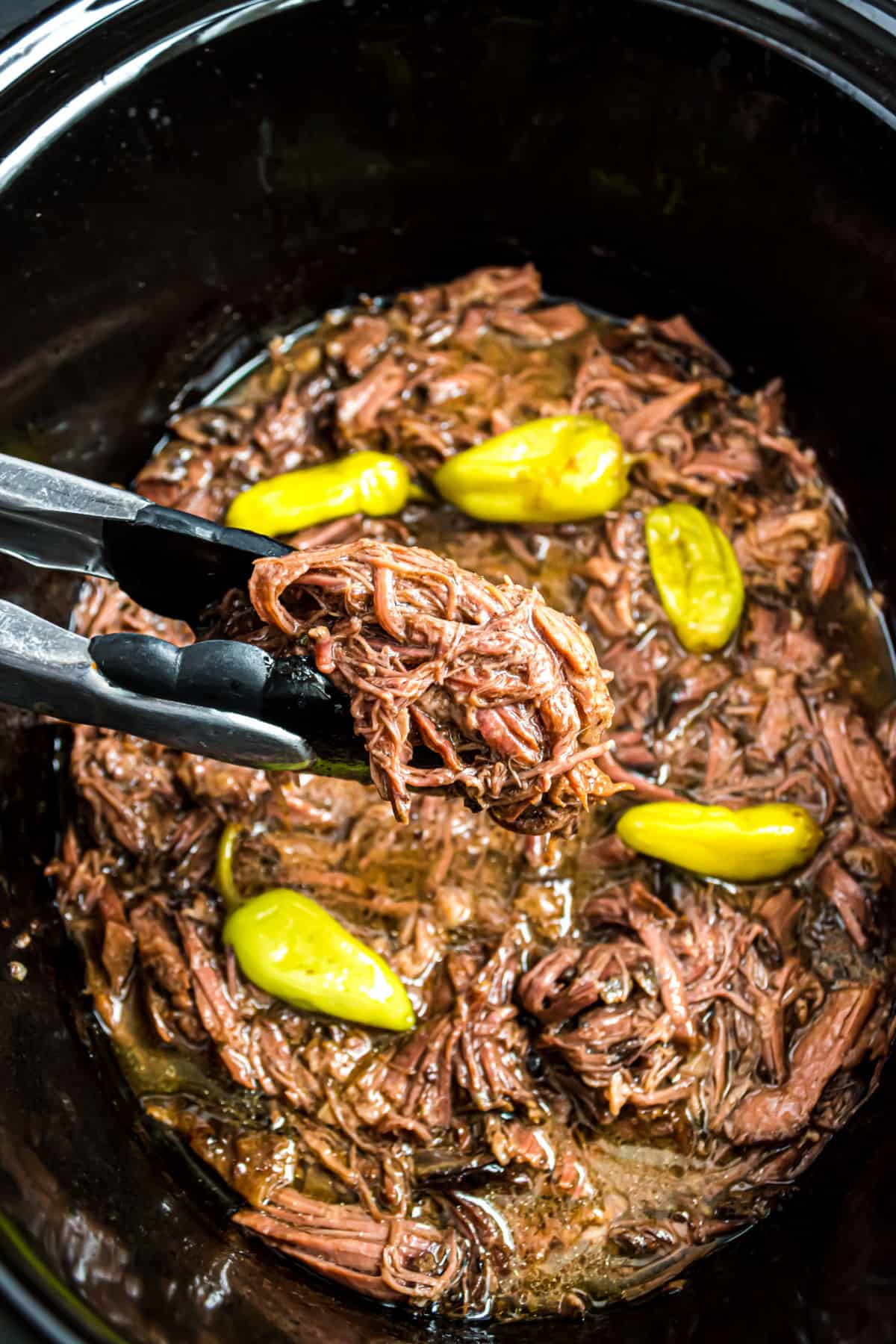
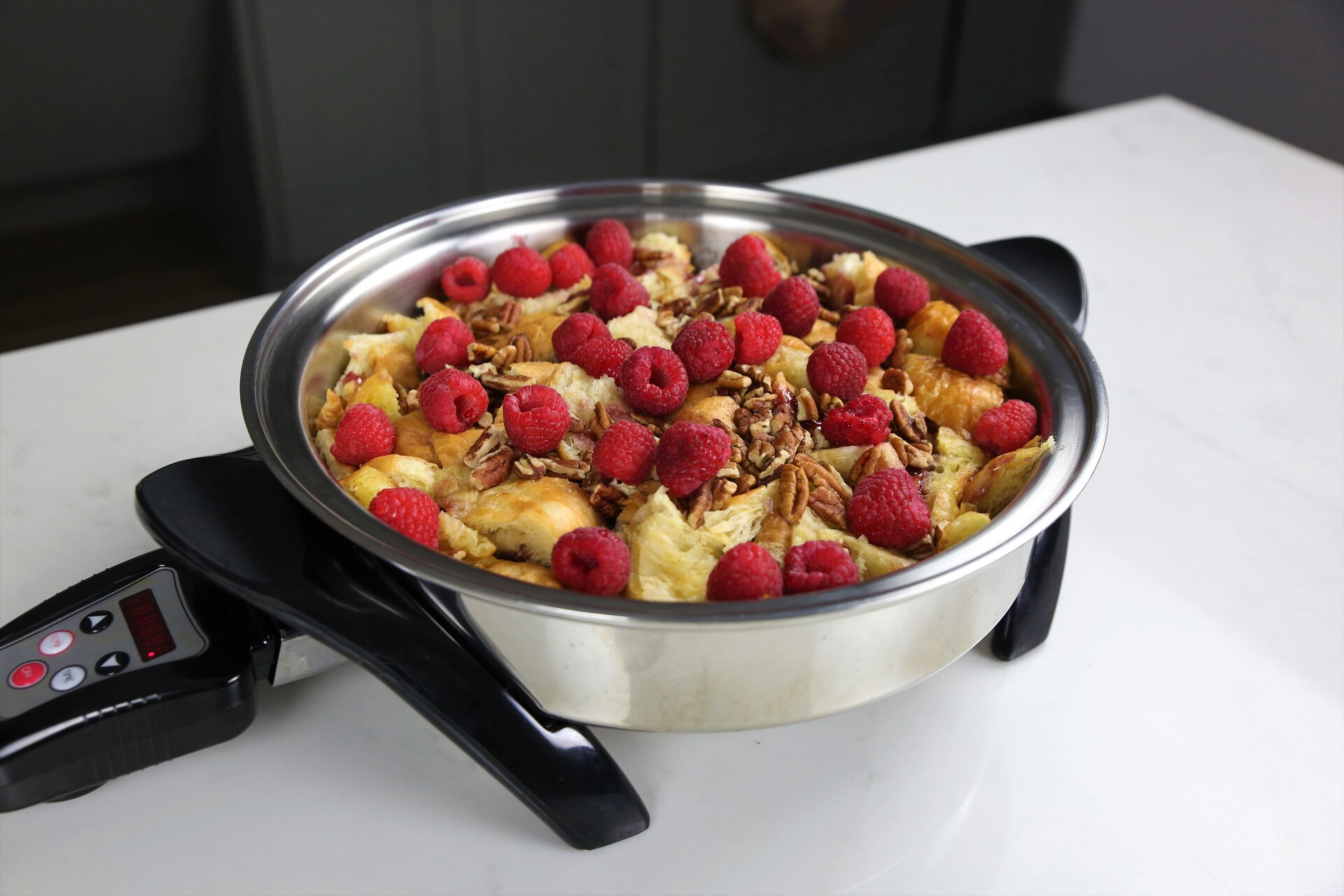
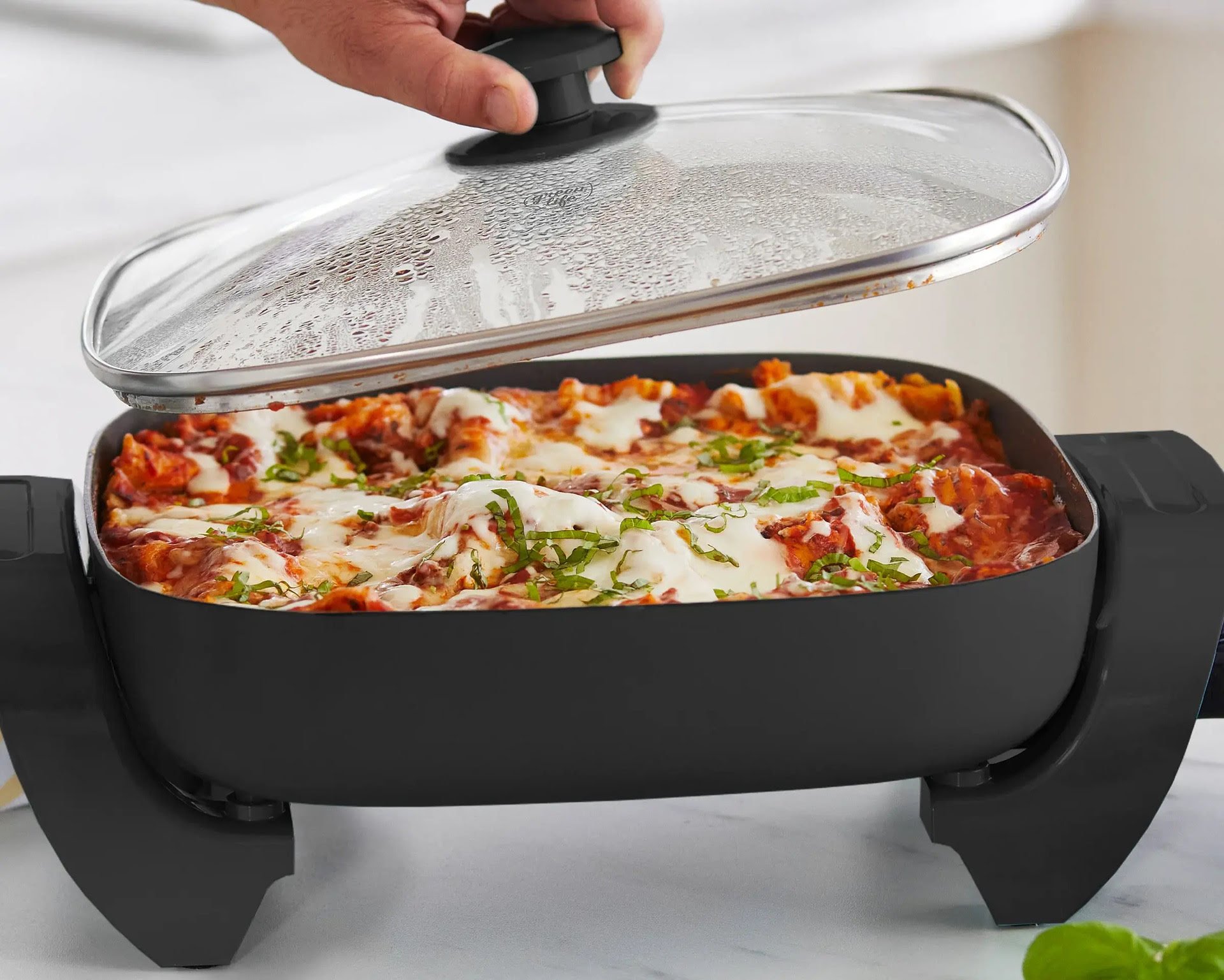
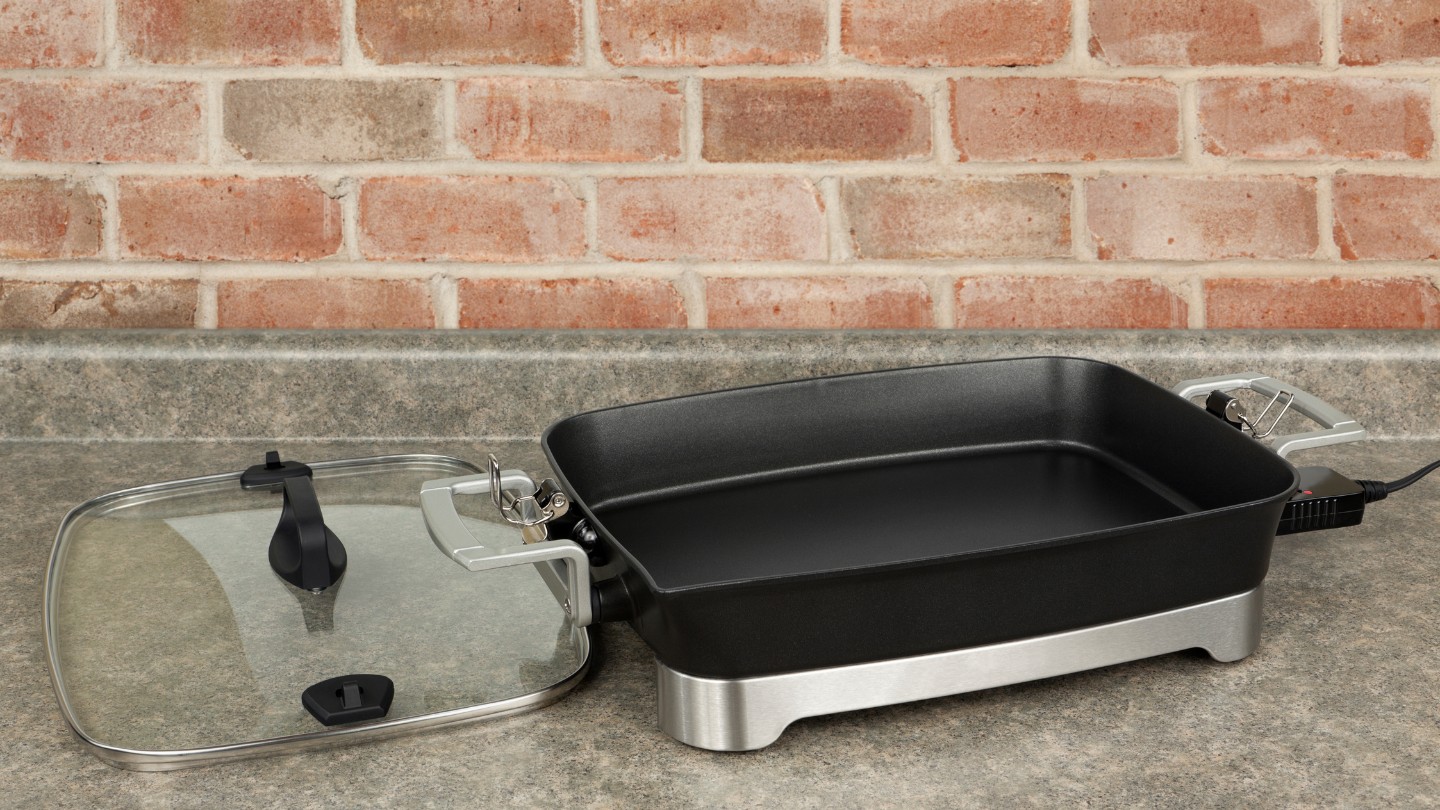

0 thoughts on “How Long And What Do You Cook Tlapia At In An Electric Skillet”